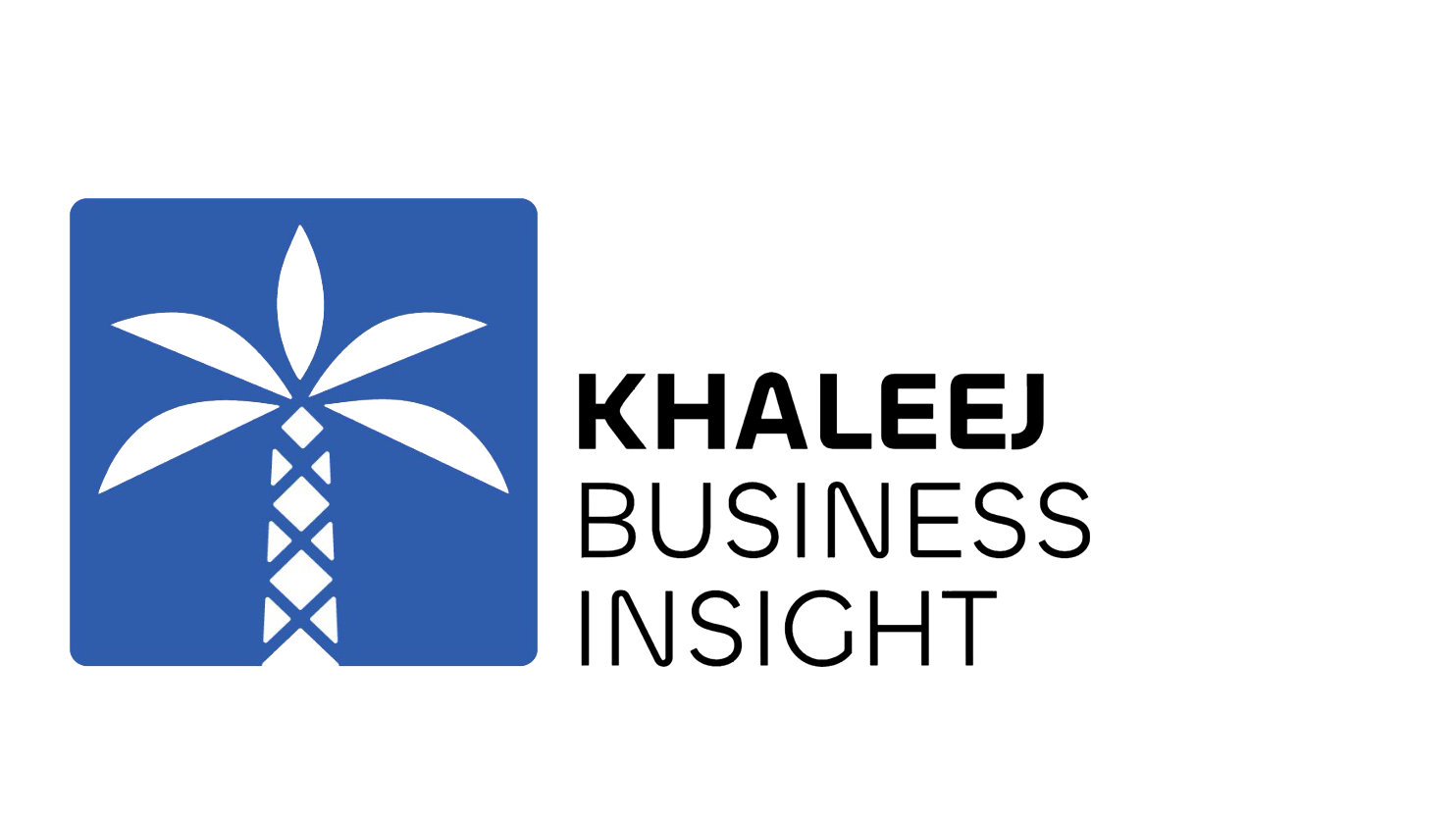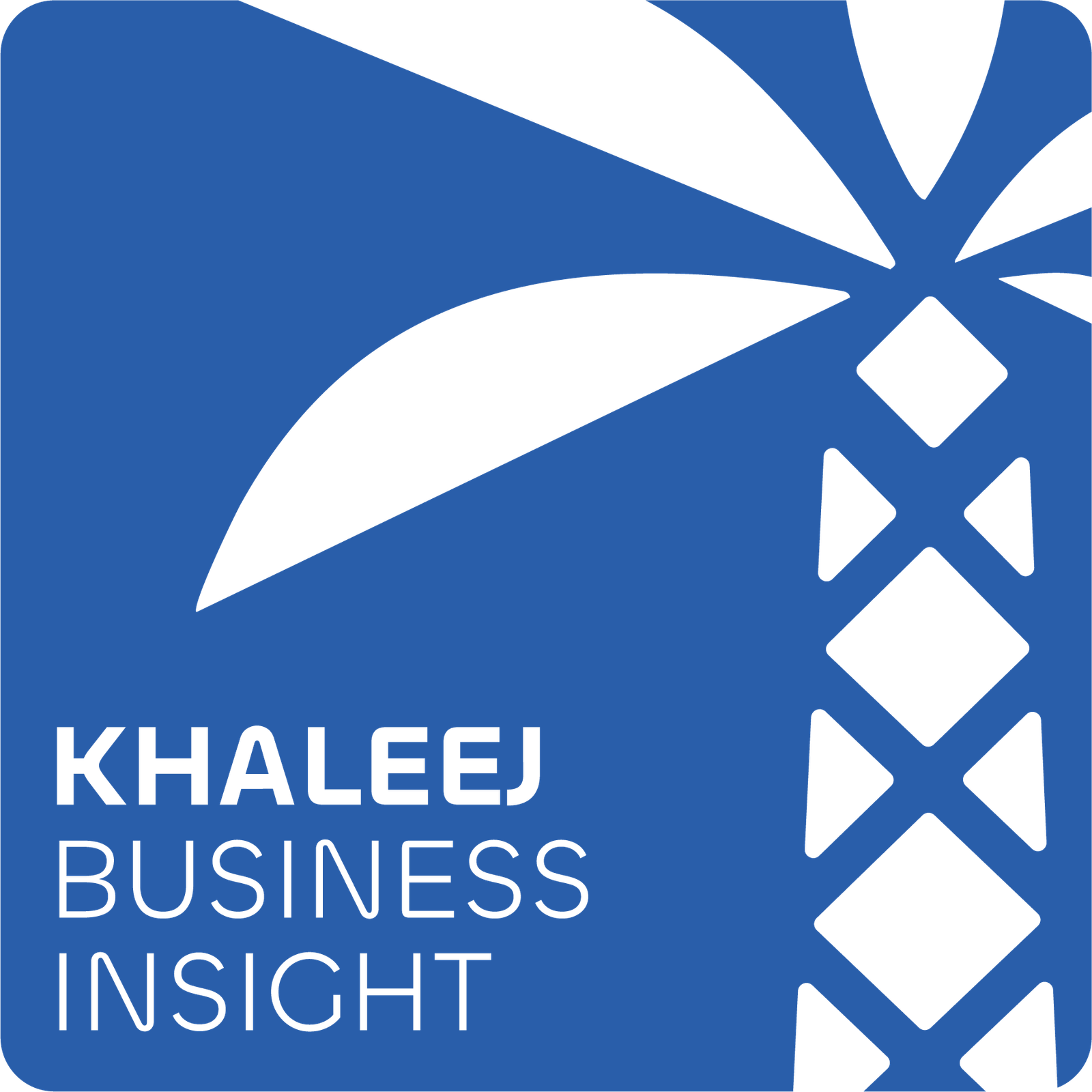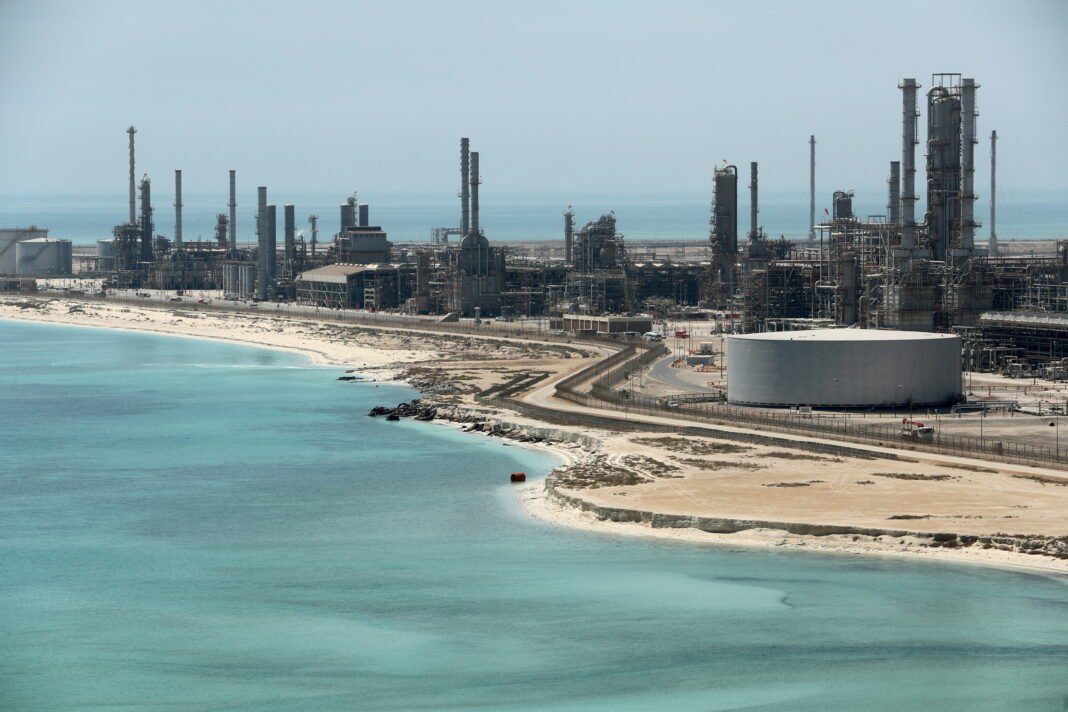The GDP of Saudi Arabia expanded by 5% in the third quarter of 2025, fueled by a rebound in oil production and strong investment in non-oil sectors. The growth marks the kingdom’s fastest pace since early 2023, highlighting progress under Vision 2030.
Oil output recovery significantly boosted the economy. Saudi Aramco increased crude production following OPEC+ supply adjustments. Between July and September, oil production averaged 9.7 million barrels per day, up from 9.3 million barrels in the previous quarter.
Consequently, oil GDP rose 8.2% year-on-year. This recovery demonstrates the continued importance of hydrocarbons, which account for almost half of Saudi Arabia GDP, even as the kingdom invests heavily in renewable energy, manufacturing, and technology.
Meanwhile, non-oil sectors grew steadily by 4.5% during the same period. Large-scale state investments in logistics, tourism, and construction helped maintain momentum. These sectors form a critical part of Crown Prince Mohammed bin Salman’s Vision 2030 plan to diversify the $1.2 trillion economy. Moreover, ongoing projects such as NEOM and the Red Sea developments aim to attract foreign direct investment and create jobs outside the oil industry.
The GDP data coincided with the Future Investment Initiative (FII), the crown prince’s flagship investment conference. Leaders from major global firms, including Goldman Sachs CEO David Solomon, attended. Discussions focused on artificial intelligence, advanced manufacturing, and sustainable development. Their presence underscores rising international investor interest in Saudi Arabia GDP growth and economic diversification.
However, higher government spending on Vision 2030 projects has increased fiscal pressures. The budget deficit widened as authorities tapped global bond markets to finance ambitious infrastructure and development initiatives. Balancing growth with fiscal sustainability remains a priority for policymakers.
Overall, the combination of higher oil output and stable non-oil growth suggests that Saudi Arabia GDP is regaining momentum. The kingdom continues to navigate the trade-off between sustaining economic expansion and managing fiscal risks. Vision 2030 aims to eventually offset energy market volatility with strong non-oil revenues, ensuring long-term resilience and diversified growth.





